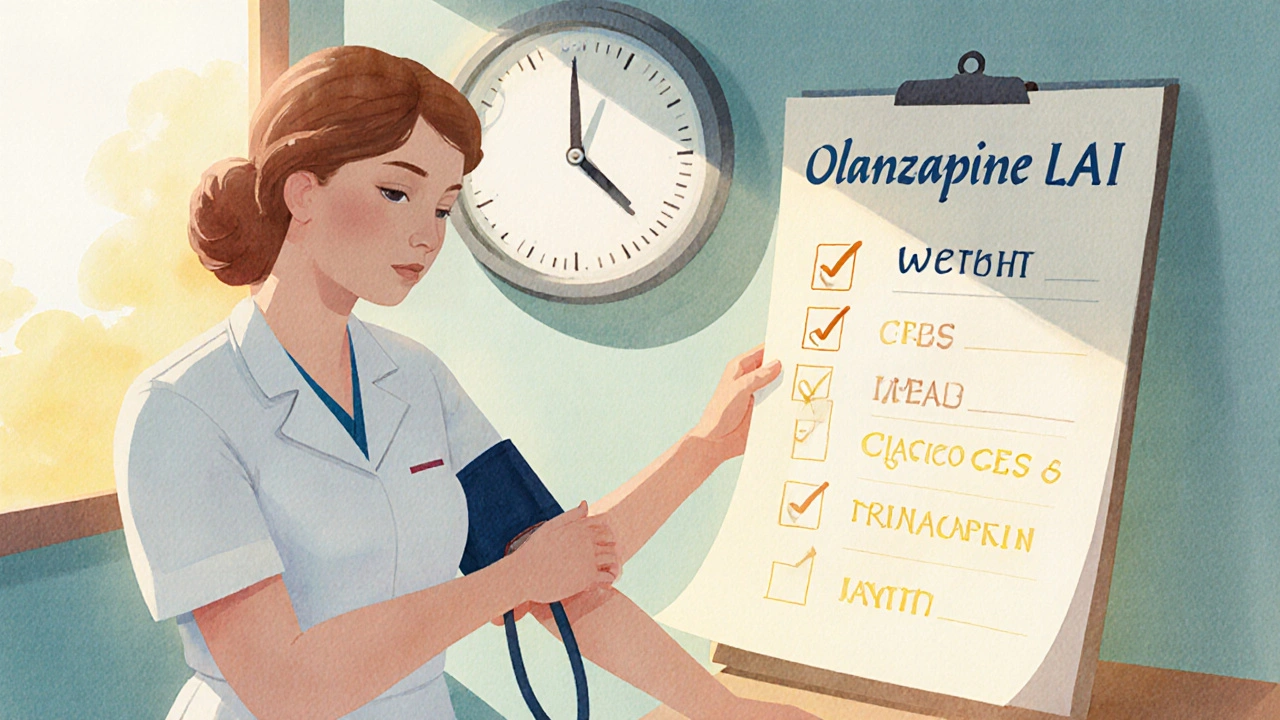Psychiatric Medications: What They Are, How They Work, and What Alternatives Exist
When you hear psychiatric medications, drugs prescribed to treat mental health conditions like depression, anxiety, bipolar disorder, and schizophrenia. Also known as mental health drugs, they don’t cure illness—but they can help you regain control over your thoughts, mood, and daily life. Millions use them every year, but few understand how they actually work—or why some people respond while others don’t.
Antidepressants, like Paxil and Zoloft, adjust brain chemicals tied to mood. They’re not happy pills. They take weeks to work, and side effects—weight gain, sleep changes, sexual dysfunction—can make people quit. Antipsychotics, used for schizophrenia and severe bipolar episodes, can cause tremors or weight gain, but newer versions are gentler. And for anxiety, some meds like SSRIs work better than others. It’s not one-size-fits-all. What helps your neighbor might make you feel worse. That’s why comparing options matters.
There’s a growing shift away from just popping pills. Many people now look at anxiety treatment, including therapy, lifestyle changes, and non-drug tools as part of the plan. Others switch from older drugs like Paxil to newer ones with fewer side effects. Some even combine meds with supplements or mindfulness. The key is knowing what’s out there—and what actually works for your body.
You’ll find real comparisons here: Paxil vs. Prozac, how SSRIs stack up against SNRIs, why some people avoid certain drugs entirely, and what alternatives are gaining traction in 2025. No fluff. No marketing. Just what you need to understand your options, ask better questions, and make smarter choices with your doctor.
Long-Acting Injectables: Why Extended Side Effect Monitoring Is Non-Negotiable
- Keith Ashcroft
- |
- |
- 14
Long-acting injectable antipsychotics improve adherence but require rigorous, ongoing side effect monitoring to prevent serious physical health complications. Current practices fall dangerously short.
View more
